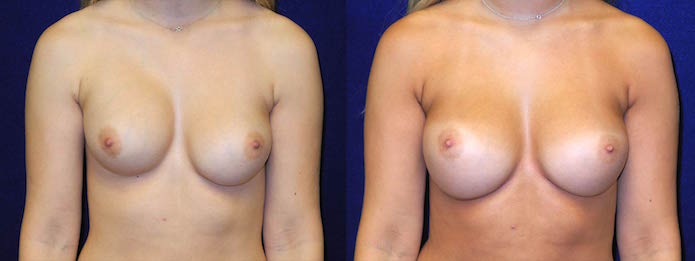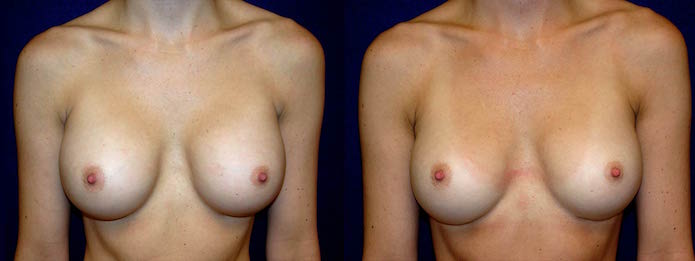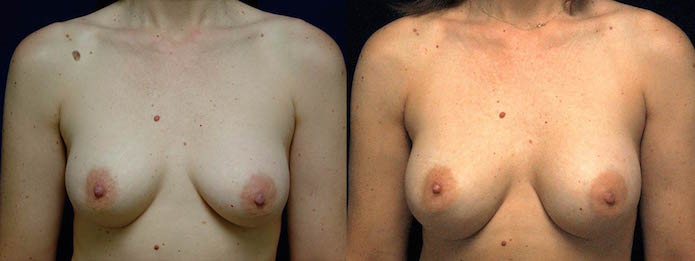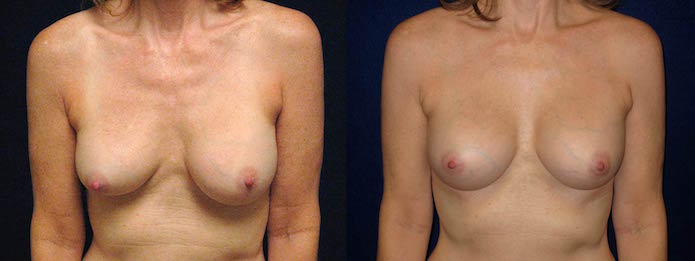Breast augmentation has consistently been the most popular cosmetic surgical procedure year after year. In most cases, patients are very happy with their results and do not experience any problems that require further surgery to reposition, replace, or remove the implants, or to remove excess scar tissue. Nevertheless, there will be a certain number of patients who will require revision surgery to correct for one or more of these problems. Dr. Pin will work with these patients to not only correct any problems with the original breast implants, but to make certain they are satisfied with the results from their revision surgery.
Common Causes for Revision Surgery
In some instances, patients may simply desire to change implant size, profile (the height of the implant compared to its width), material, or placement (in front or behind the chest muscles). Such changes are strictly for aesthetic concerns.
Other causes may be the result of problems with the implant itself, such as leaks or ruptures. Saline implant leaks or ruptures are easy to detect, as the breast reverts back to its normal size within a few days. Silicone implant leaks or ruptures are somewhat more difficult to determine, as the breast may retain its same size and shape.
Formation of excess scar tissue around the implant, called capsular contracture, can press on the implant, making it shift out of its natural position. In severe cases, the breast may become swollen, hard, and painful.
Before and After Implant Revision Surgery

Case 1: Here, the patient opted for revision surgery because she had developed capsular contracture in her right breast. In the Before image, the right breast shows that the implant has shifted into an unnatural position. The After picture shows that the breasts now are in a more natural position.

Case 2: This patient underwent revision surgery for aesthetic reasons. She felt that her implants were too big for her frame, so she switched to smaller ones. She also switched from saline to silicone implants. The Before portrait shows that, indeed, her D-cup breasts were crowded on her narrow chest. The C-cup implants were a better match for her body size.

Case 3: The 20-year-old silicone implants in this patient had ruptured. She had them removed and replaced with newer ones of the same material.

Case 4: In comparison to the previous case, this woman's saline implant rupture of her right breast was immediately apparent in the Before portrait image. In the After image, her implants were changed to silicone and once again provided her with the augmented look she desired.
Fortunately, the majority of patients who undergo a breast augmentation procedure are not likely to have problems. However, under such circumstances, an augmentation revision procedure can help address problems with the implants or simply change the shape and size of the breasts for aesthetic purposes.